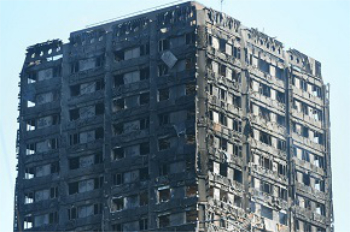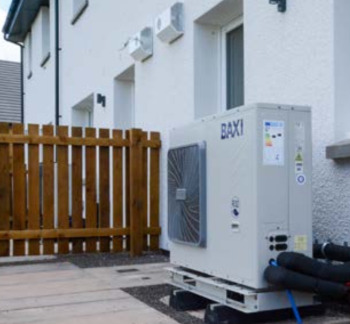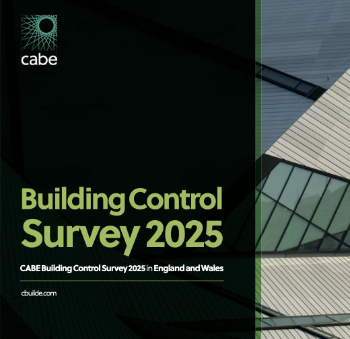Heat metering
Heating accounts for nearly half of final energy consumption in the UK (48% in 2013) and 78% of non-transport energy use (DECC, 2013).
Heat can be considered to be a utility, like water, gas, and electricity. Communal or district heating systems are becoming more common and these involve the centralised generation of heat and the distribution of this heat to individual dwellings. Heat meters are then used to measure the amount of heat delivered to dwellings, just like water, gas, and electricity meters.
The Heat Network (Metering & Billing) Regulations 2014 apply to systems such as this, in which water is heated at a central source of production before being piped to multiple buildings (district networks) or multiple customers in a single building (communal networks).
Under the Regulations, heat suppliers are required to register their heat networks with the Office for Product Safety & Standards. In the case of unmetered networks, they may be required to install meters measuring customers’ actual consumption of heat. Where such meters are installed, heat suppliers are required to use them to bill customers according to their actual consumption.
When a householder or business has a heating system which is classified as renewable, the government offers a financial incentive which is related to the amount of renewable heat generated. For businesses (and some homes), the payment is made according the metered quantity of renewable heat generated.
The fiscal nature of meters, whether they are being used to establish monies due or monies receivable, means that accuracy is extremely important. However, there is not a long tradition of heat metering in the UK, and building services engineers may have little or no previous experience of heat metering installation and operation. In addition, metering heat is a more complex than metering other utilities.
A government report Heat Meter Accuracy Testing, published in November 2016, looks at heat metering applications, standards and legislation and heat metering technologies.
The research behind the report was directed at investigating the accuracy of different meter types, particularly when the meters are incorrectly installed. It touches on how the accuracy of meters can decline over time, and after how long recalibration should be carried out.
The report is directed at policy makers, housing associations, district heating providers, heat meter manufacturers, consultants, heating installers, and householders.
This article was originally published here by BRE Buzz on 16 Jan 2017. It was written by Alan Abela.
--BRE Buzz
[edit] Find out more
[edit] Related articles on Designing Buildings Wiki
Featured articles and news
ECA Blueprint for Electrification
The 'mosaic of interconnected challenges' and how to deliver the UK’s Transition to Clean Power.
Grenfell Tower Principal Contractor Award notice
Tower repair and maintenance contractor announced as demolition contractor.
Passivhaus social homes benefit from heat pump service
Sixteen new homes designed and built to achieve Passivhaus constructed in Dumfries & Galloway.
CABE Publishes Results of 2025 Building Control Survey
Concern over lack of understanding of how roles have changed since the introduction of the BSA 2022.
British Architectural Sculpture 1851-1951
A rich heritage of decorative and figurative sculpture. Book review.
A programme to tackle the lack of diversity.
Independent Building Control review panel
Five members of the newly established, Grenfell Tower Inquiry recommended, panel appointed.
Welsh Recharging Electrical Skills Charter progresses
ECA progressing on the ‘asks’ of the Recharging Electrical Skills Charter at the Senedd in Wales.
A brief history from 1890s to 2020s.
CIOB and CORBON combine forces
To elevate professional standards in Nigeria’s construction industry.
Amendment to the GB Energy Bill welcomed by ECA
Move prevents nationally-owned energy company from investing in solar panels produced by modern slavery.
Gregor Harvie argues that AI is state-sanctioned theft of IP.
Heat pumps, vehicle chargers and heating appliances must be sold with smart functionality.
Experimental AI housing target help for councils
Experimental AI could help councils meet housing targets by digitising records.
New-style degrees set for reformed ARB accreditation
Following the ARB Tomorrow's Architects competency outcomes for Architects.
BSRIA Occupant Wellbeing survey BOW
Occupant satisfaction and wellbeing tool inc. physical environment, indoor facilities, functionality and accessibility.
























